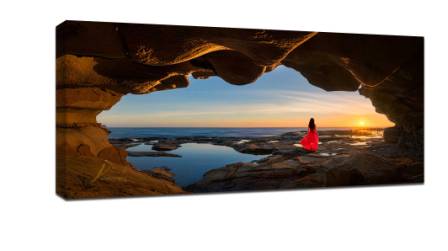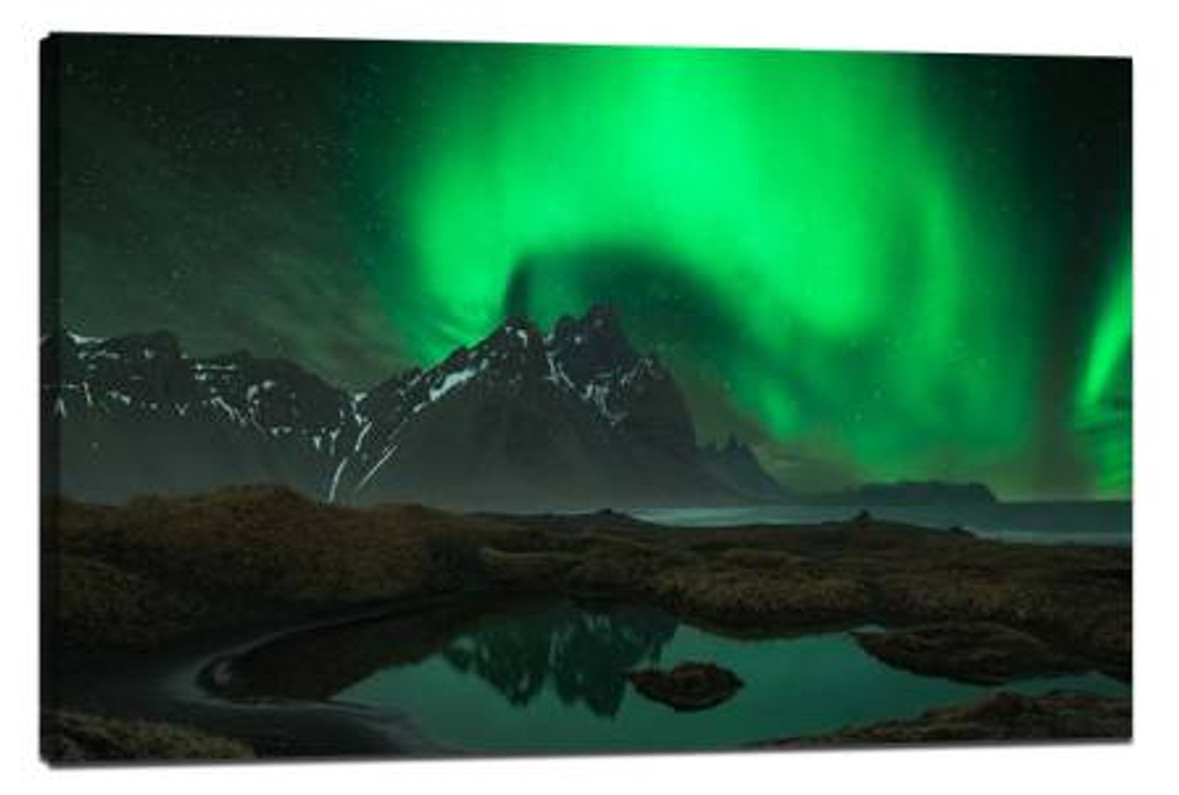Composition rules of landscape photography
Composition rules of landscape photography
To take a good picture, it is not enough to rely on the support of equipment and skilled technology, the picture must be soulful, which comes from the photographer's conception and intention. That is, a photograph must have a visual or emotional impact, and that impact is usually expressed through framing, composition, and light. In many cases, composition determines the realization of the idea. A good picture must have a distinct theme, but it does not depend on what the theme is, but on how the theme is presented and arranged in the picture.
Composition is to express the theme, and refers to making appropriate arrangement of the elements in the photo, and using artistic means to strengthen or weaken some parts of the picture, and finally achieve the artistic effect of prominent subject, unified layout and balanced structure. In other words, composition refers to how to arrange people, scenes and objects in the picture to get the best layout.
Composition is one of the basic skills of photography, which is to arrange and deal with various elements in the picture in order to express one's intention. Therefore, a good composition is the first element of a good photo, even if the picture lacks depth of emotion, at least can bring visual beauty. Also pay attention to the influence of line, light and color on composition. Sometimes, a line may decide the success or failure of a photo, and the relationship between light, color and composition is also close, the same cannot be ignored in the process of shooting.
Structural elements and mutual relations of the picture
Structural elements
Just as a good story has an opening paragraph, a middle paragraph, and an ending, an expressive photograph should be structured to include the foreground, subject, and background as the basic elements of the picture. The subject is the easiest to understand, is the main object of the photographer. The subject in the photo is not only the focus of content expression, but also the main carrier of the photo theme, and the structural center of the picture composition. It can be a subject or a group of subjects.

Foreground is the scene before the subject in the photo. Foreground can add a new layer of interest to the picture and bring the audience into the scene of the photo. Foreground largely determines whether the work is brilliant or not. The background is usually the overall environment behind the main body. Generally speaking, the background is mostly the components of the environment, such as mountains, sea, sky, street markets and so on. Not all photos need these things at the same time, but they can be more expressive if they are well organized and use layers to create depth.
The relationship between the
The subject should be the first consideration of the photographer, the composition of the picture also plays a leading role. When shooting, first determine the position and proportion of the subject in the picture, and then consider other factors such as foreground and environment.
After arranging main body, foreground and setting also cannot ignore. The foreground can help to express the theme, explain the content, reflect the spatial characteristics, and present the environment of the shooting site, etc., for example, the foreground of the picture made by flowers, ice, maple leaves, etc., can leave a distinct impression of the season to the viewer, and can also form a corresponding relationship with the subject with a certain implication.
The role of the foreground
Shot a wonderful picture, the prospect of the choice is crucial. The foreground serves as a foil to the main body and decorative environment, and helps to enhance the spatial depth of the image, balance composition and beautify the image.
When many people are shooting a big scene that looks magnificent and vast, the image in the photo is ordinary, and the shock and beauty of the scene cannot be captured, because there is no good arrangement of the picture level. When shooting a big scene, loose and messy is a common problem. It can't catch the readers' sight in a glance and lacks depth and distance. The most effective way is to arrange the foreground in the composition, the picture will shrink immediately, and people's eyes will be focused on a point from the scattered surface. In particular, the use of ultra-wide Angle lens shooting, because many elements into the lens, the most important is to grasp the foreground. Photos should be foreground, subject, foreground, and rich in content.
Recent Posts
-
Big Canvas Prints for Coastal Homes in Australia: Beach Vibes for Every Room
Australia's coastline is renowned for its natural beauty, with sweeping sandy beaches, crystal-clear …1st Jul 2025 -
Cheap Canvas Prints with Free Delivery: A Budget-Friendly Way to Add Art to Your Walls
When it comes to decorating your home, wall art can make a huge impact without the need for a comple …1st Jul 2025 -
5 Reasons to Choose Floating Frame Canvas Prints for Your Artwork
When it comes to displaying artwork, the frame you choose can make all the difference. If you're loo …1st Jul 2025
